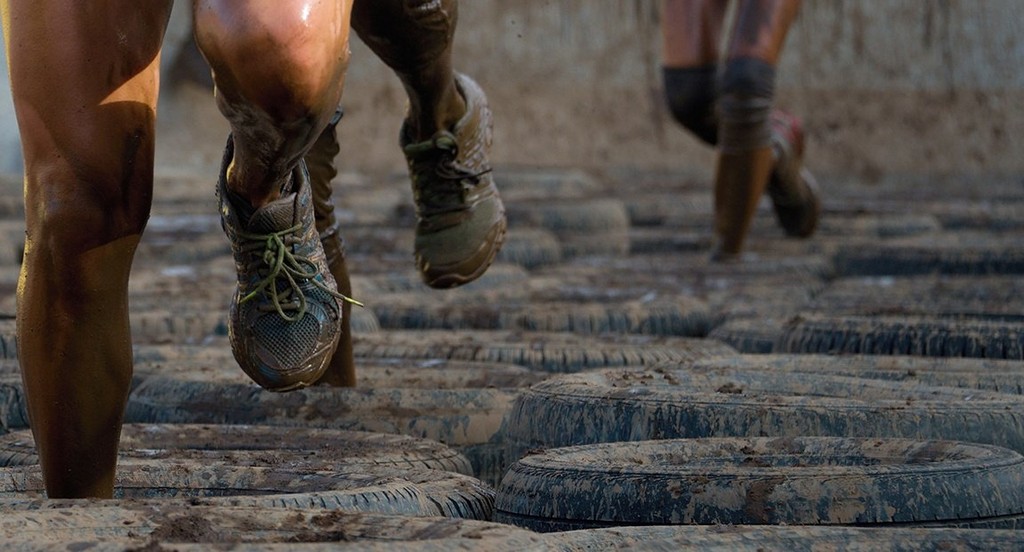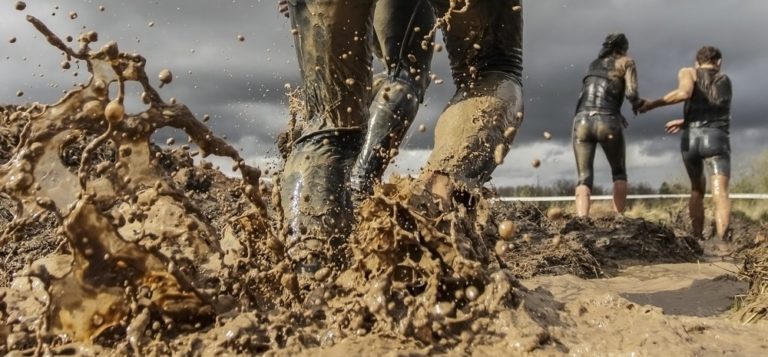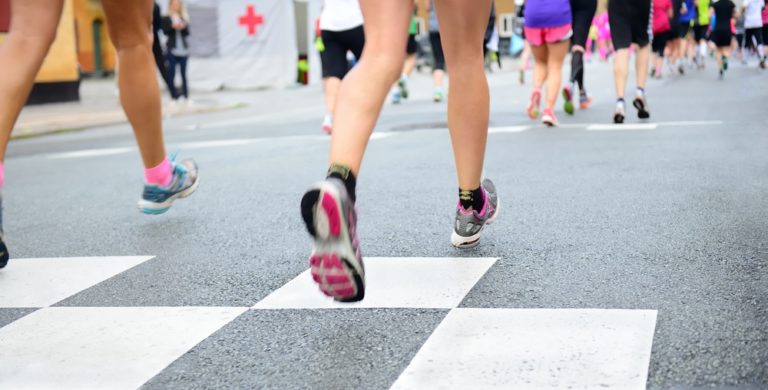If you think you can just show up to an OCR (obstacle course race) unprepared and expect it to be easy, then you haven’t been paying attention. What started out as a weekend warrior-type experience has evolved into a very serious passion for those who participate.
As the popularity of this sport continues to grow, so does the need for proper training. Today, we’re looking at suggestions from Andrew Read, a coach and one of the best kettlebell trainers in the world, on what he feels are the three biggest holes in OCR training: running, loaded carries, and grip work.
Running
First and foremost, an OCR is a running race—not just the distance between obstacles, but the overall running you do, which in some instances can be the equivalent of a half marathon (13.1 miles). If you’re already able to run the distance of your OCR continuously, Read suggests a training plan that incorporates four different runs:
- Long run (Saturday) – Run up to two hours.
- Easy aerobic (Tuesday) – Up to an hour in length.
- Intervals (Wednesday) – Run on a track. Try 20 x 400m on a three-minute-interval, or 10 x 800m on six minutes. And remember to properly warm up and cool down.
- Hills (Thursday) – Control your incline by running on a treadmill. Read also recommends including an extra day for sandbag or pack work, at a walking pace. Do this the day after your long run and aim for up to four hours.
Loaded Carries
Two years ago during the Ultra Beast in Vermont, participants had to carry two 50-pound sandbags uphill. Some just dropped the bags and quit. Whether it’s sandbags or buckets, there is some version of a loaded carry in nearly every OCR, which is why it’s important to incorporate them in every training session. Load yourself asymmetrically and use odd objects so you can be ready for almost anything a course throws your way.
Grip Work
Throughout a race, your grip really gets put through the paces; and the fatigue of distance running amplifies grip fatigue. Build up your grip through pull-ups and deadlifts, but make sure you do a high number of reps! Here are two different types of grip work to try:
- High rep swings – Use a kettlebell and aim for sets of 20 – 50 reps. If you like a challenge, soap your hands while doing your kettlebell swings. Just make sure no one is close by!
- Hang off objects – Vary your grip (e.g., fold a towel over the bar to thicken the grip) and hang off tree branches and stair railings and you’ll wind up with a far better overall grip.
Now that you know what it takes to train for an OCR race, set up your next race on Events.com and create an event any OCR enthusiast will be sure to love.







